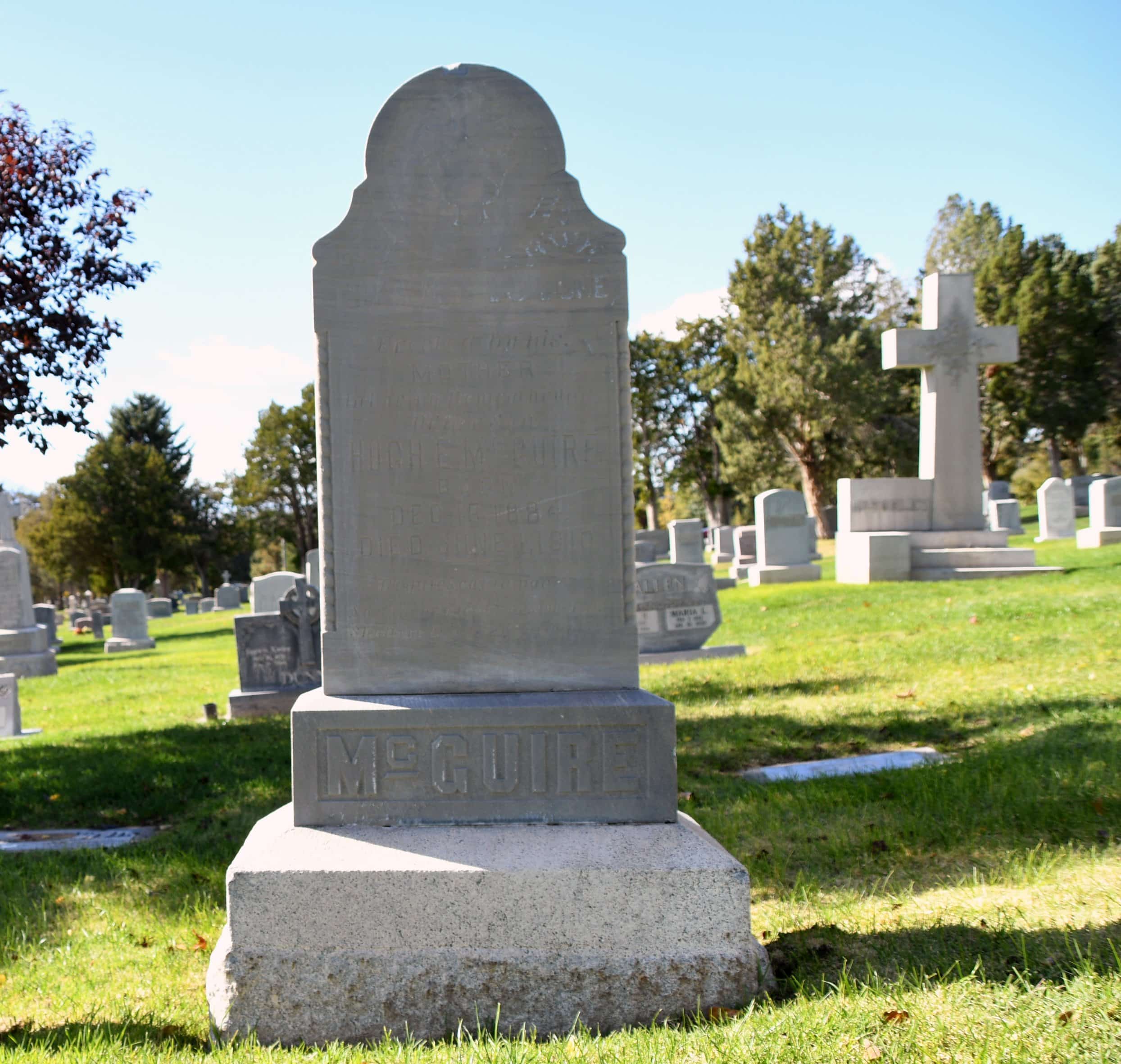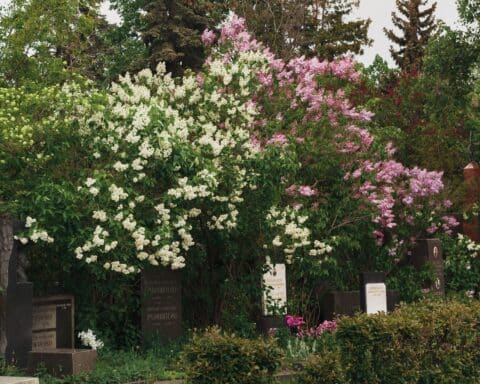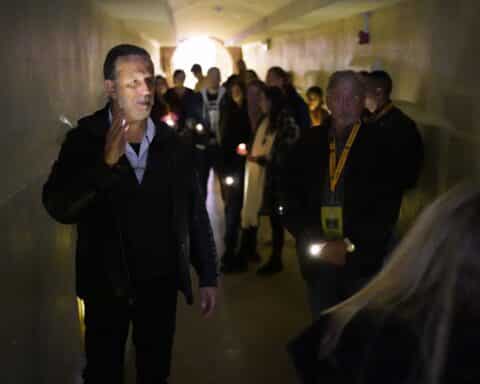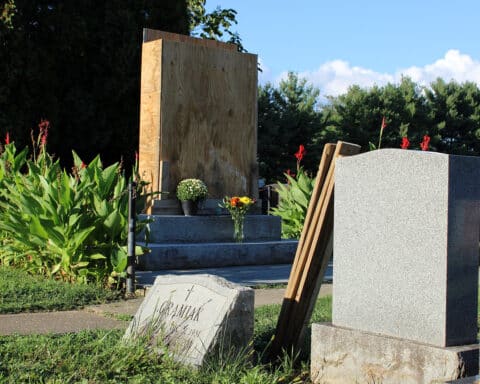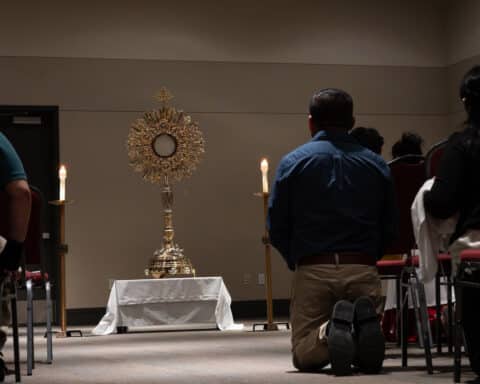SALT LAKE CITY (OSV News) — A Catholic cemetery in Utah has discovered the grave of miners killed in a 1910 explosion, most of whom were immigrants, and plans to erect a memorial marker.
“We need to take care of all the lost souls,” said John Curtice, director of Mount Calvary Catholic Cemetery in Salt Lake City. “They have been forgotten for these many years. … It is sad that they are forgotten souls.”
Mount Calvary Catholic Cemetery is the final resting place of many of the faithful departed of the local church. While most are buried in individual coffins or mausoleum niches, one grave stands out: that which holds the remains of 17 men killed in a mining accident that occurred at the turn of the last century.
A tragic accident
On June 1, 1910, several hundred kegs of black powder exploded at the Union Portland Cement Works at Devil’s Slide in Morgan County, killing a team of miners.
Most of those killed were immigrants; newspapers of the time gave various ethnicities, including Japanese, Greek, Italian and Hungarian.
The June 10, 1910, issue of the Salt Lake Telegram newspaper reported that because of the force of the explosion, it took several days to clear the debris, and “unearth the remains of the rest of the victims. … The bodies were so completely blown to pieces by the explosion that identification is impossible.”
The June 2, 1910, Ogden Standard reported that “all of the victims, as near as could be learned were unmarried, but many had people dependent upon them.”
While the bodies were unable to be identified, the mining company released a list of the names of the men who were killed: Hugh McGuire, George Catoloni, B. Catoloni, Frank Coney, S.D. Bernuardo, L. Nokovich, F.N. Gynkuck, M. Guesseppe, D. Cambalolo, F. Bergovic, P. Stojivic, P. Skebvic, A. Ishii, F. Nakamuri, M. Soilar, B. Kramovic and A. Petress.
The remains of 16 of the men were buried together at the Morgan Cemetery in one box; another box held the foreman, Hugh McGuire. McGuire, 25, was from Bingham; a memorial Mass was celebrated for him at the Cathedral of the Madeleine in Salt Lake City in August 1910.
At some point, the remains of the men were transferred from the Morgan Cemetery to Mount Calvary Catholic Cemetery, and both boxes now rest in a grave marked by McGuire’s tombstone.
Miners interred at Mount Calvary
“This is a historical thing; they were just forgotten after the tragic accident that they were in, but now we know where they are,” Curtice told the Intermountain Catholic, newspaper of the Salt Lake City Diocese.
Mount Calvary was established in 1897, when Salt Lake City donated to the Catholic diocese 19 acres of land adjacent to the municipal cemetery. After the land was donated, all of the graves of Catholics were transferred from the Salt Lake Cemetery to Mount Calvary “in one big move,” Curtice said in a 2020 interview.
He suspects the remains from the Devil’s Slide mining accident were moved from the Morgan Cemetery to Mount Calvary because all the men were Catholic, and it was thought appropriate to bury them with McGuire, the crew’s foreman.
Now that the miners’ grave has been discovered, Curtice is seeking donations for a commemorative marker for the men. Burying the dead is one of the corporal works, he noted.
The Salt Lake Tribune reported in 1910 that a memorial was planned, but it never materialized.

